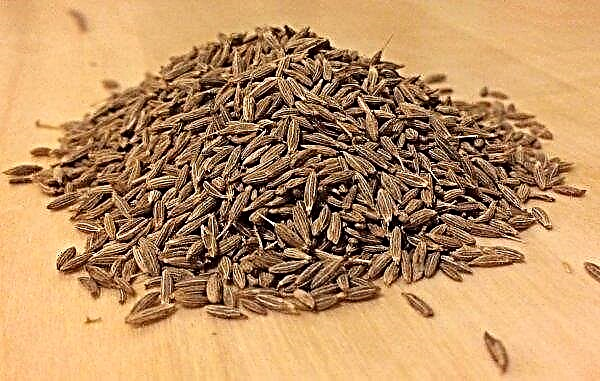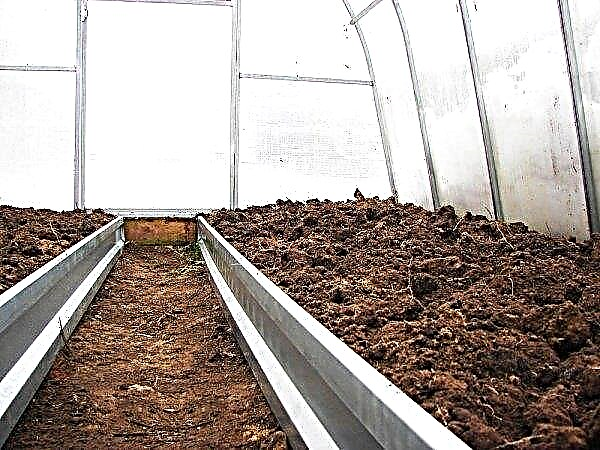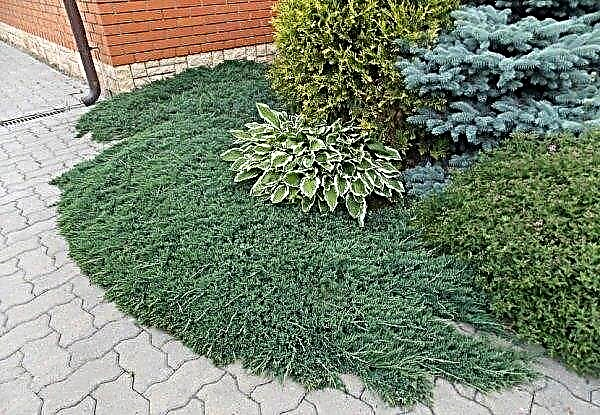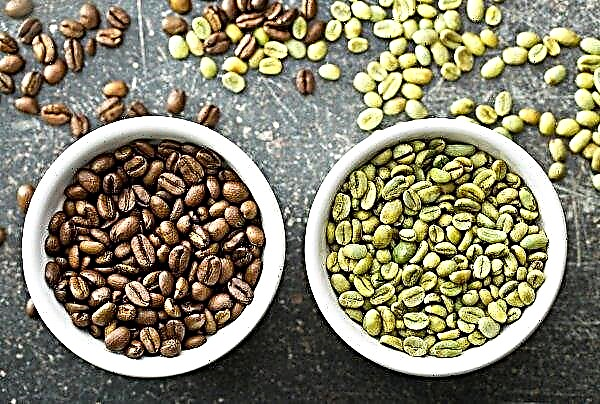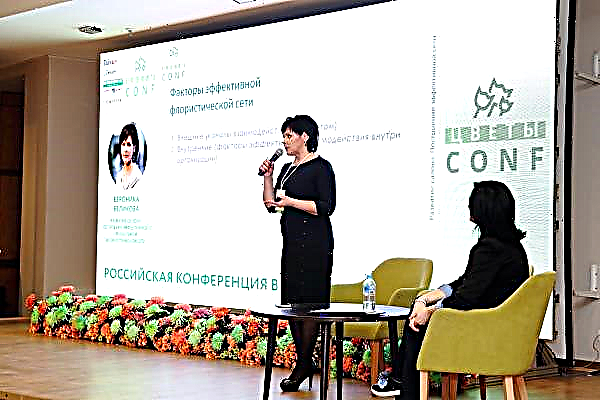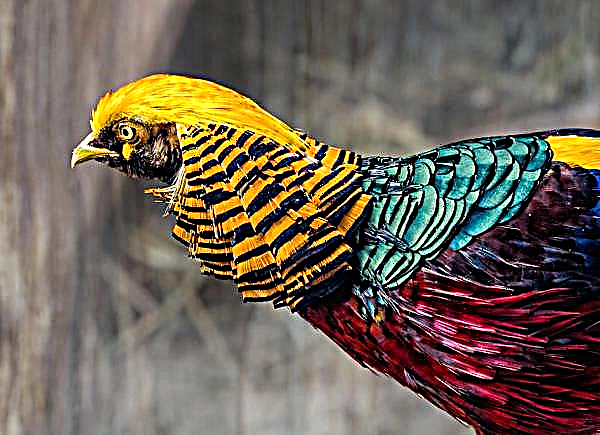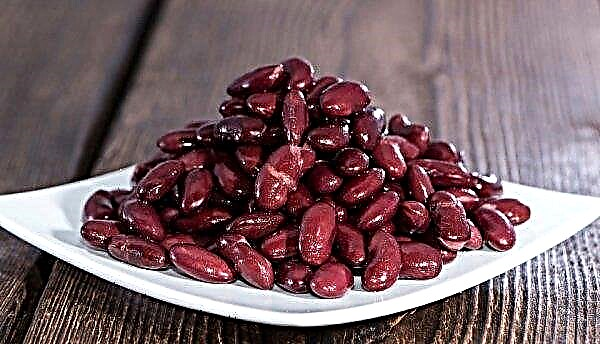If you want to create a recently acquired plot that has been neglected for several years and has been overgrown with unnecessary vegetation, the owner may face a number of problems - a difficult struggle is ahead. The article will help you figure out what methods it is possible to clean the area and perform the sowing of lawn grass, as well as information about caring for the updated space.
Surface garbage collection
Often in a new place can be various kinds of garbage, both household and construction. Therefore, it is important to remove absolutely everything, so that the small details left do not damage the development of the lawn. The collected excess items, for example, bricks or branches, should be divided into two heaps - organic and non-decomposable, which must then be taken out.
Cleaning the site of weeds and other unnecessary vegetation
The next stage is the cleaning of weeds and all species that will interfere with the future design project. Optimal manual work.
Important! Do not bury trash is important not only for the proper growth of plant root systems: plastic items do not decompose from 450 to 1000 years and release toxic substances.
You can follow the instructions:
- Pull out large herbs, then remove 5 cm of turf with a bayonet-shovel.
- Remove all unnecessary shrubs and trees.
- Stumps, which then need to be uprooted, leave a height of not more than 1 m.
- Remove stumps using one of the methods below.

Chemicals
Strong weed killers help fight weeds. "Hurricane" or "Roundup" are popular due to the fact that their action has already been tested by many gardeners. Before the direct use of funds, read the instructions and better start using the drugs in weather without wind. The best time of year is the beginning of summer. After half a month or three weeks, weeds and herbs die completely, it is important to take them out. Do not burn dry vegetation, toxic substances are likely to be released into the atmosphere!
Important! You can not plant cultivated plants in the area where the herbicides were used, earlier than 1.5–2 months.
Chemicals can even remove tree stumps. It is done like this:
- Drill a few holes in the stump.
- Pour saltpeter into them. At the same time, make sure that the stump is isolated - otherwise rain can wash away the nitrogen salt.
- The next stage is a long wait, because for a complete action you need a whole year.
- After the specified period, burn the stump.
- Plant plants in a narrow area from a stump after only one more year.

Folk remedies
All dead wood, shrubs, young trees are cleaned by hand. It is better to cut thin branches of bushes and trees by secateurs, and then use larger axes and saws to remove larger parts of plants. It is better to uproot perennial bushy species with the help of a partner, which helps to dig up the root system with a shovel. At this time, you should pull the trunks and main shoots at an angle to the side and from the soil.
Important! When clearing the area, all the soil removed is a useful organic material that is best put in a compost pile.
It makes no sense to completely remove all large crops from the site - because they can create a shadow, without which the soil dries faster. And for a person, the presence of a deciduous or coniferous tree with a shadow moving during the day is a joy and a favor. A chopped or fresh foliage is useful to a good gardener for compost.
 An optimal and proven way to get rid of stumps is to use mushrooms. Planting honey agarics helps perfectly: the culture completely destroys the woody structure. True, it will take a lot of time, especially since the timing depends on external conditions, but the method is very interesting - after all, food will grow on the site near the gardener.
An optimal and proven way to get rid of stumps is to use mushrooms. Planting honey agarics helps perfectly: the culture completely destroys the woody structure. True, it will take a lot of time, especially since the timing depends on external conditions, but the method is very interesting - after all, food will grow on the site near the gardener.
Agrotechnical measures
In addition to a shovel, you can use a cultivator to remove the topsoil and remove weeds. But this technique leaves roots in the earth, which will certainly grow over time. So the use of the unit may be ineffective.
Mandatory is the felling of large trees with the help of specialists. It is extremely dangerous to independently carry out this type of work. Only experienced workers have the necessary safety elements, the correct saws and other tools in their arsenal. To remove stumps, usually use a tractor or crusher. The latter type of equipment, alas, does not destroy the entire root system.

Step-by-step lawn planting
After you managed to carry out such a difficult event to remove garbage and vegetation from the site, the stage of preparation for sowing grass and the sowing begins. The following describes in detail how it is customary to loosen and dig the soil, and what additional actions exist at this stage.
Digging and loosening the site
The process of digging is simple and familiar to every gardener and gardener. The old method is usually used: they dig the earth with a shovel, turning over clods of earth. It is possible to saturate the soil with organic matter (it is convenient to use fertilizers in granules, slightly kneading them with a rake in the soil layer).
Did you know? The ancient Romans used the steam in agriculture. The tri-field system has been known for more than 1000 years.
Then loosening begins. The most suitable tool is a pitchfork. They can well level the top layer. At this stage, traces of unnoticed previously or long buried garbage come across. When treating the soil with a pitchfork, all these elements should be removed. It is also important to remove the rhizomes and parts of the roots.

Then you can hold the earth under steam. The minimum period is two months, ideal is exactly one year. If the soil is poor in the selected area, it is better to plant black soil and create a fertile layer of 20 cm. By the way, mixing old soil with imported soil is not recommended.
Sowing seeds
A suitable time of year for planting lawn grass seeds is autumn. Humidity during this period is the best. Rains and dew are excellent conditions. Therefore, it is recommended to sow the material in September, more precisely - at the beginning of the month.
To do the job correctly, follow the instructions:
- Divide the entire sowing stock into two parts: one is best sown along the plot, the second across.
- Lightly brush the seeds and sprinkle the seeds on the surface of the earth.
- The norm of planting density can be doubled (but no more) - this way the turf will form faster.
- Next, take a rake and mix the soil with the seed. Otherwise, the birds will destroy the results of your work. You can just sprinkle peat on top of the ground.
- Now roll.
 Under favorable conditions, germination begins after 10 days. There is no need to rush to analyze. Wait about 20 days, and after that you can already carry out a second landing. After all, at first the lawn sprouts unevenly.
Under favorable conditions, germination begins after 10 days. There is no need to rush to analyze. Wait about 20 days, and after that you can already carry out a second landing. After all, at first the lawn sprouts unevenly.
Basic grass care
Watering and mowing are the absolute methods of lawn care. But with a detailed study of the issue, it becomes clear: not everything is so simple. There are a number of details and features of the growth and development of grass, creating a green carpet. Pay attention to important points of care for sprouted vegetation.
Watering
Irrigation should be carried out in the early morning or in the evening. It is necessary to moisten the soil on a layer up to 8 cm. True, it is important to know: if you have already done the first haircut, then watering should be done after it and weeding.
Irrigation Rules:
- In the spring - watering 1 time in 7 days.
- In the summer - 1-2 times a week.
- In autumn - as in the springtime.
 Under favorable conditions, germination begins after 10 days. After all, at first the lawn sprouts unevenly.
Under favorable conditions, germination begins after 10 days. After all, at first the lawn sprouts unevenly.
A haircut
It’s time to get a lawnmower at the time of rooting the grass.
Important! Change the haircut vector every time. Otherwise, the shoots will grow at an angle in one direction.
In doing so, pay attention to the following parameters:
- plot size;
- the presence of a grass catcher;
- type of implement relative to the terrain with your lawn.
 The first haircut is done in the spring, and in the summer they are regularly cleaned 5-10 cm long. A 10-centimeter trim before winter is carried out in the fall as preparation for the rest period.
The first haircut is done in the spring, and in the summer they are regularly cleaned 5-10 cm long. A 10-centimeter trim before winter is carried out in the fall as preparation for the rest period.
Soil aeration
With the aeration method of irrigation, forks are used - they pierce a layer of earth.
It turns out that the water does not stagnate. But aeration is also useful for other reasons:
- perforation helps the roots grow deeper;
- moisture thoroughly saturates the soil;
- oxygen enters the lower layers of the soil.
 Aeration work is carried out in spring or early summer. This is the vegetation period of the grass, it will easily recover after the procedure.
Aeration work is carried out in spring or early summer. This is the vegetation period of the grass, it will easily recover after the procedure.
Mulching and scarification of soil
Scarification is called loosening with cleaning. If aeration is done in late spring, enriching the soil with oxygen, then cleansing loosening is best done before and after wintering. When loosening, the roots are slightly incised, due to which lateral shoots appear more actively. Scarifiers, or verticutters, loosen the territory, clean the land of debris and dry grass. They clean mosses and lichens. Weeding the soil 3 cm deep is a kind of aeration action.
Did you know? The most chic and expensive lawn is located in Canberra, or rather, right on the roof of the Australian Government House.
Mulching - a phenomenon known to many generations and cultures, is carried out by applying fertile soil:
- humus is introduced in early spring;
- in early September, the place is covered with a fertile layer to prepare for winter.
 Mulch stimulates growth, allows you to smooth the surface of the site, does not allow the object to grow weeds, increases the density and growth of new stems.
Mulch stimulates growth, allows you to smooth the surface of the site, does not allow the object to grow weeds, increases the density and growth of new stems.
The great work is to develop untouched territory, on which it is planned to plant green grass, which acts as a carpet in the design of a summer house or garden space. But to overcome with the help of basic knowledge and compliance with measures, using the participation of specialists, all sorts of difficulties are possible. The rest is small - sowing seeds and caring for sprouted material. If you have special and convenient tools and assemblies, it will be much easier to take care of.


